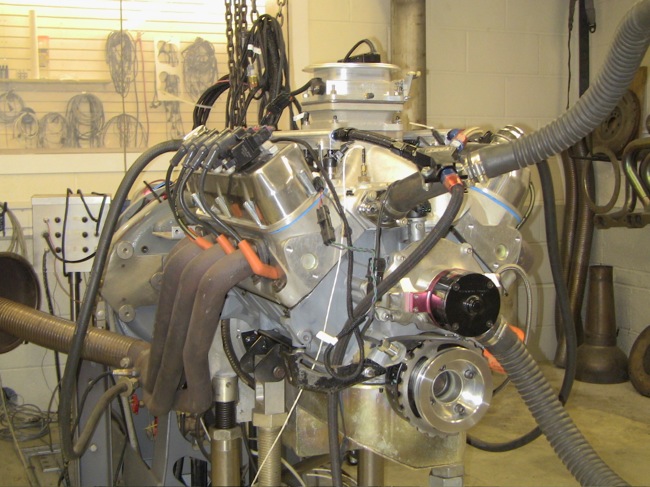Diesel Engine Oil & Filters
Diesel engines have been around since the dawn of the automotive era. Over the years, diesels have become the engine of choice for powering heavy-duty trucks, buses, agricultural vehicles, off-road equipment, hard-working pickup trucks and stationary generators. More recently, diesels are competing against hybrid and plug-in electric powertrains as an alternative to gasoline engines in

Don’t Gamble When Choosing Cylinder Heads
A cylinder head is much more than a casting that tops off the block, holds the valves and forms the combustion chambers. The head works in combination with the camshaft, induction and exhaust systems to determine how the engine breathes, the engine’s power curve and personality. The “right” cylinder head on an engine will deliver
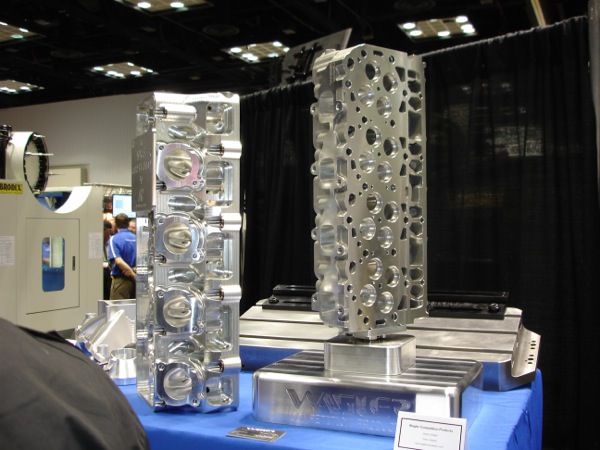
What Can CNC Do For You?
Are you using Computer Numeric Controlled (CNC) equipment in your shop? According to our most recent Babcox Machine Shop Market Profile Survey, 12 percent of engine builders said they own a CNC machining center (a multi-purpose machine that can do surfacing, boring, milling, drilling, etc.). The survey also asked what other types of equipment our
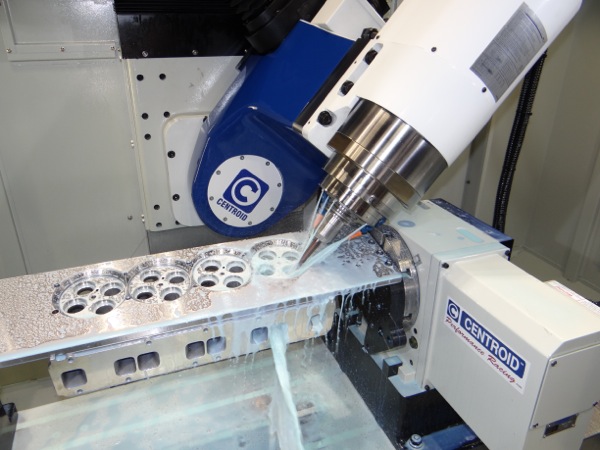
Just in Time – Addressing Timing Component Replacement and Upgrades
The timing components that drive a camshaft affect valve timing, ignition timing (if the engine has a cam-driven distributor), compression, engine performance and fuel economy. Because of this, the timing components must be in good condition with minimal wear and slop, and they must be durable enough to maintain accurate timing for the service life
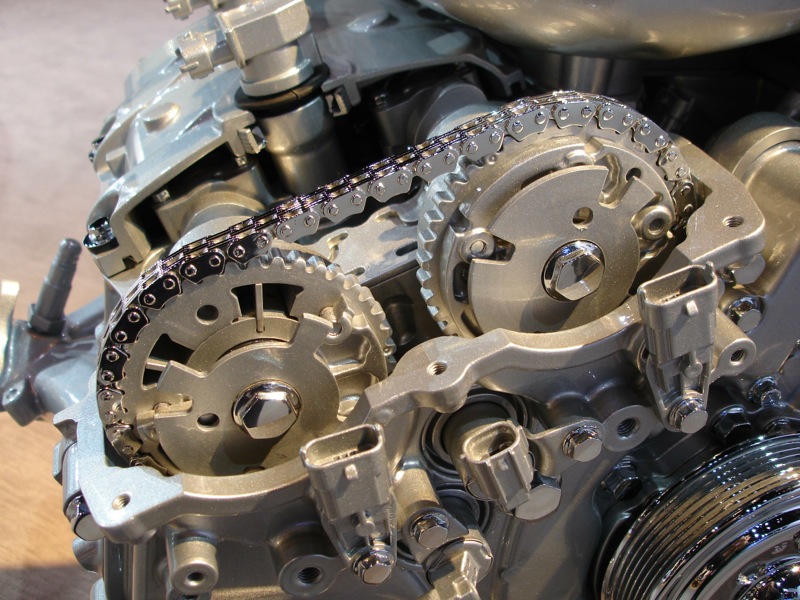
Weighing in on Balancing Work
Whether you’re building a stock engine, a high-revving performance engine or a slow-turning diesel engine, you can’t overlook the importance of balance. Every time the pistons in a reciprocating internal combustion engine change direction, they generate a force. That force is created by the reciprocating and rotating mass of the piston and rod assembly. If
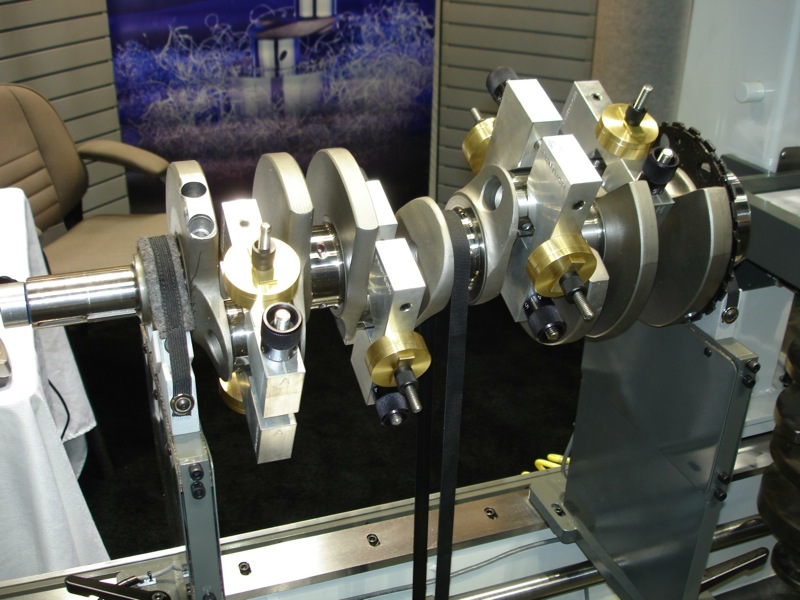
Pick-a-Part: Selecting Valvetrain Components for a Performance Build
Selecting the right components to make a race-worthy valvetrain is crucial to assembling an engine that will last – and win. The pushrods, rockers and valve springs must be able to handle all of the stresses of the camshaft rotating with high spring pressures and with huge lift. As we all know, weakness in any
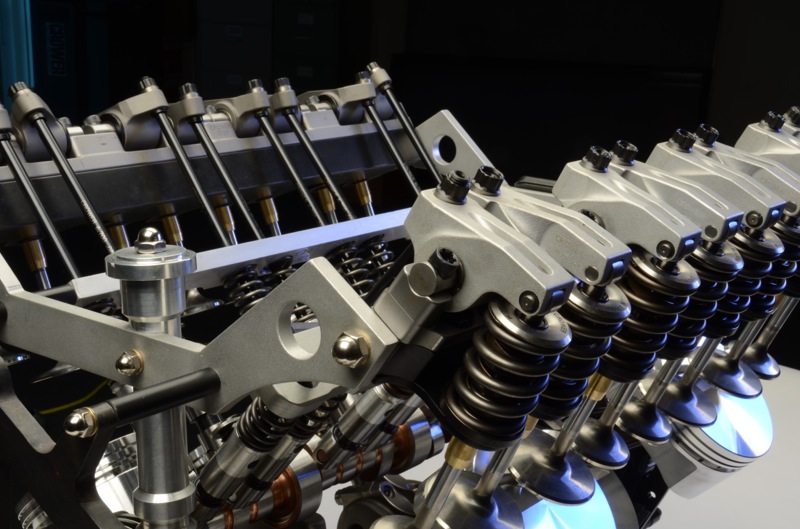
Choosing the ‘Right’ Oil
Every engine builder knows the importance of using not only high-quality motor oil in an engine, but also an oil that has the right additive package and viscosity for the application. This is especially important in performance applications where extremes of heat and pressure can push many ordinary motor oils to the brink. Motor oil
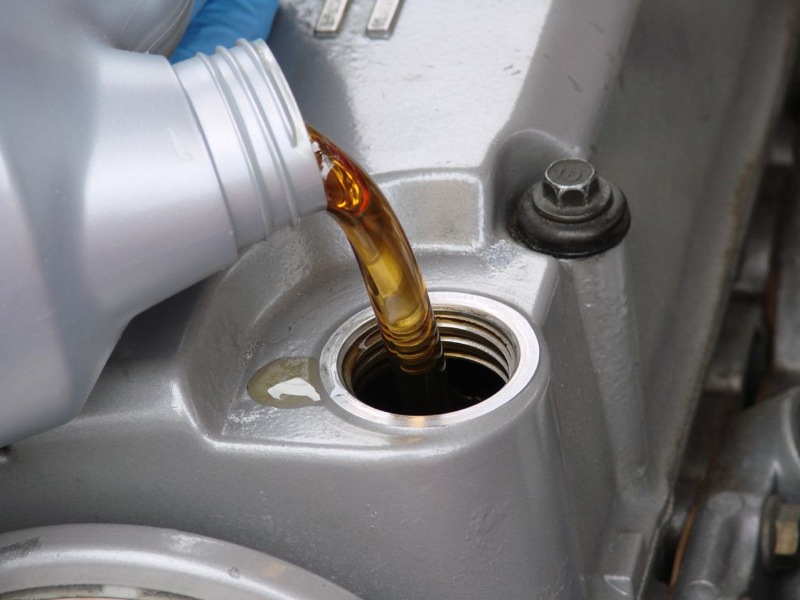
The Inner Workings of Variable Valve Timing
Variable Valve Timing (VVT) is a way to advance/retard valve timing, and change duration, overlap and even lift in some applications while the engine is running. VVT is computer-controlled and typically uses oil pressure to change the position of a phaser mechanism on the end of the camshaft to advance or retard cam timing. VVT
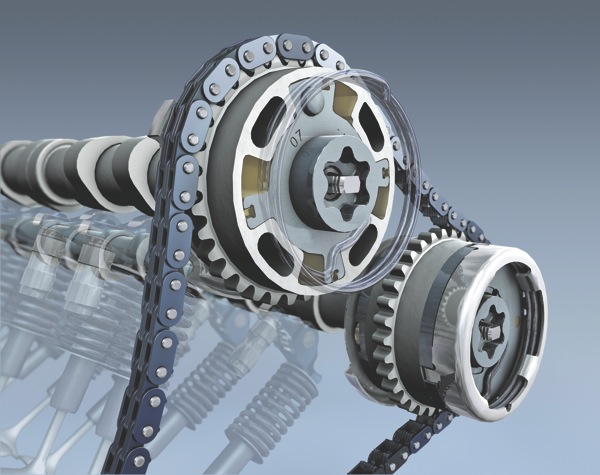
Future Alternative Fuels Could be a Gas
Alternative fuels such as E85 and biodiesel that were once considered fringe fuels are now mainstream. You can burn any mixture of gasoline and E85 in any vehicle that is Flex Fuel capable. As for biodiesel, blends ranging from B05 (5% biodiesel) to B100 (100% biodiesel) are being used in all kinds of diesel applications.
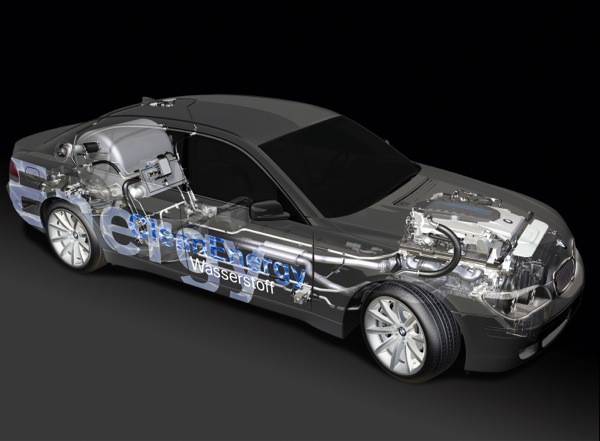
Building Blocks: The Foundation of Any Engine Build
Every engine project starts with the block because the block is the foundation for everything else that follows. The block determines bore and stroke, camshaft and lifter location, oil pump location and oil galley configuration, what kind of main bearing caps can be used to support the crankshaft, and what kind of cylinder heads, oil
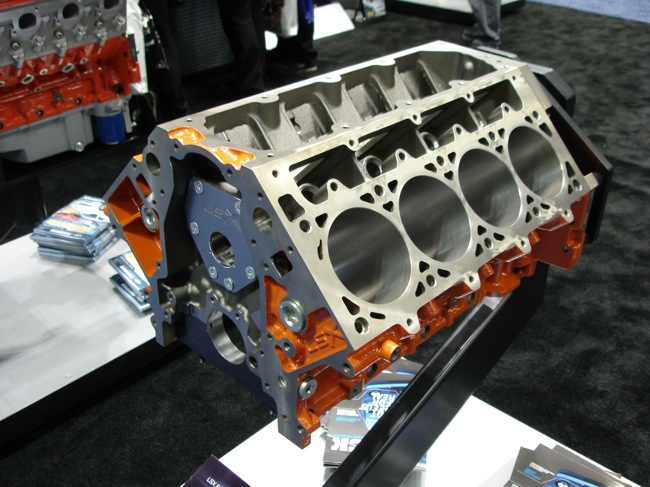
Manifold Matchmaker – Tips for Selecting the Right Manifold for Your Engine Build
Every engine needs some type of intake manifold to route air into the engine’s cylinders. With carbureted engines, the intake manifold has a wet plenum and runners because the manifold has to flow air and atomized fuel at the same time. Consequently, the manifold runners can’t turn or twist too sharply otherwise the heavier fuel

Dyno-Might: Utilizing a Dynamometer to ‘Boost’ Engine Builds
Some would say that one of the criteria for being a “real” performance engine builder is having your own engine dyno. A dynamometer is not just a tool for measuring horsepower and torque (though some people think that’s all a dyno is used for). It’s a quality control tool that allows you to make sure
